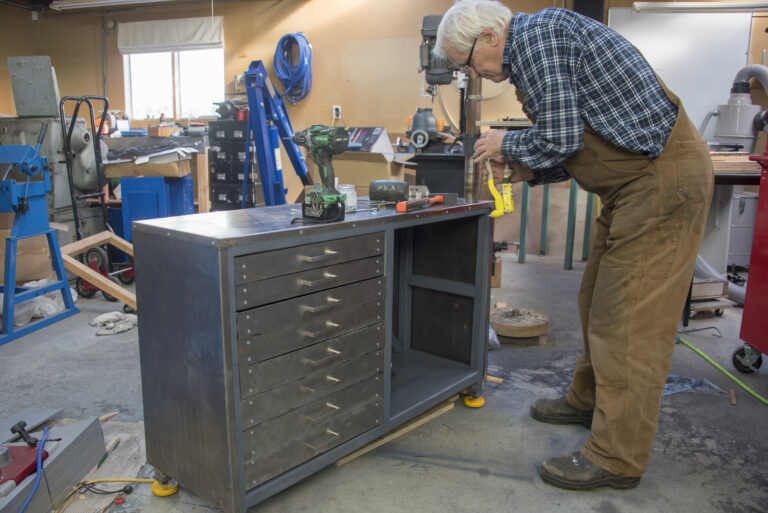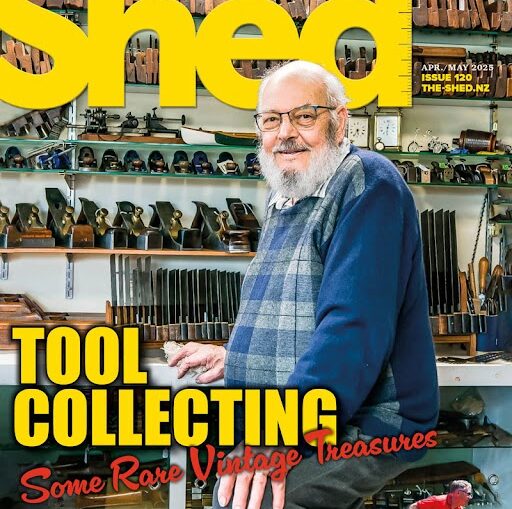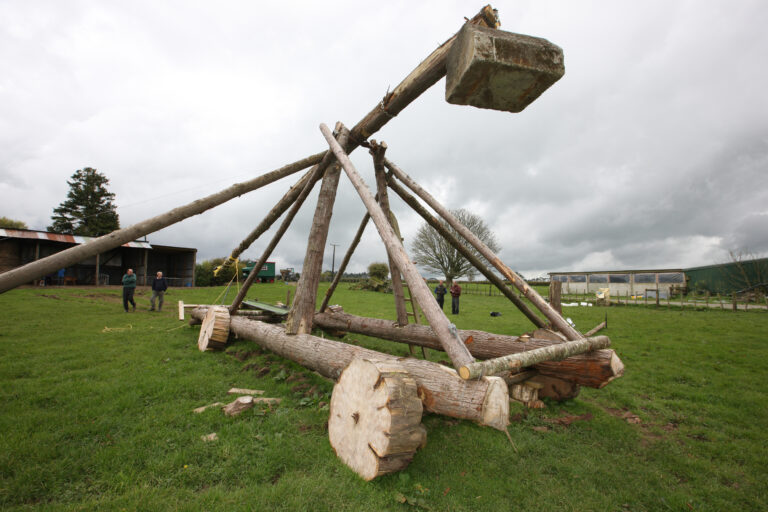One of those “Why didn’t I do this years ago?” jobs
By Gary Farquhar
Swarf sump…
… stops swarf from reaching vacumn bag
It’s a hassle to clean out my workshop vacuum cleaner bag. Metal swarf tends to clip itself onto the fabric and I spend a lot of time picking off the bits individually.
Question: How to pick up small swarf in the workshop without sharp metal or other rubbish going into the vacuum cleaner bag?
Answer: Make a swarf sump which catches the swarf away from the vacuum bag.
Only the dust gets through. This is a quick little, easy-to-do project, one of those “Why didn’t I do this years ago?” jobs.
Sump
I used an old, catering-size instant coffee tin for my collection container (You could use a paint tin).
It is a reasonable size, has good metal thickness and a large removable lid to get access to empty the swarf. I had a Farquharpare vacuum hose in the “will be useful someday” pile.
In the tin lid, the inlet and outlet pipes were made from medium-wall water pipe. The inlet pipe which had the hose to take in the swarf was 40 mm long and the outlet pipe on the powered vacuum side was 80 mm long, with 40 mm of this inside the lid.
I machined the 80 mm piece of the metal pipe down internally so that the air-sucking hose that leads from the vacuum cleaner would fit into it. Then I drilled holes in the other end of the same piece of metal pipe which is the section to be suspended in the tin. The holes allowed the air still to be sucked through but the swarf is prevented from going down the hose into the vacuum bag.
Vacuuming up the swarf.
Drilling 4.5 mm holes for air suction
Holes
Luckily, I have a divider attachment that allowed me to drill all the 4.5 mm holes neatly but it is just a case of drilling as many holes as you can, even randomly.
I suppose it would be possible to weld on some small-gauge mesh instead. To seal off the end of the section of pipe that takes the hose from the vacuum cleaner—it already had holes drilled in it to allow suction through—I just brazed-on an endplate and turned it down in the lathe.
I also had in my “use-one-day” pile some large washers (four required) which were pressed into service. I drilled fixing holes in them first before I brazed them onto the pipes.
The hose end that sucks up the swarf was a different diameter and not a tight fit to the metal pipe. I wondered about “filling the gap” to maintain the vacuum pressure but it worked perfectly once I just popped the hose on.
If you had an old vacuum hose with a click / twist-in style end fitting for the section that sucks up the swarf, you could drill a larger hole in the tin lid and maybe turn up a thickening plate. You then just put the hose in and twist-lock it on. For the assembly, cut two holes on the lid. Then drill through the bolt holes, make a cork (or whatever) gasket as the coffee tin lid is not smooth, bolt it together and give it a try.
As you can see from the photos, mine works perfectly.
Machining down internal diameter to fit hose
The collected swarf in the coffee tin.



